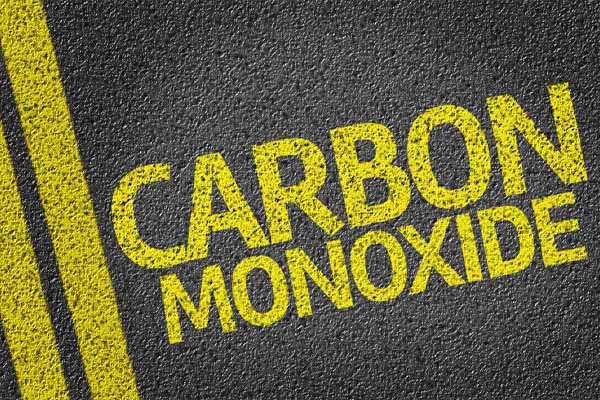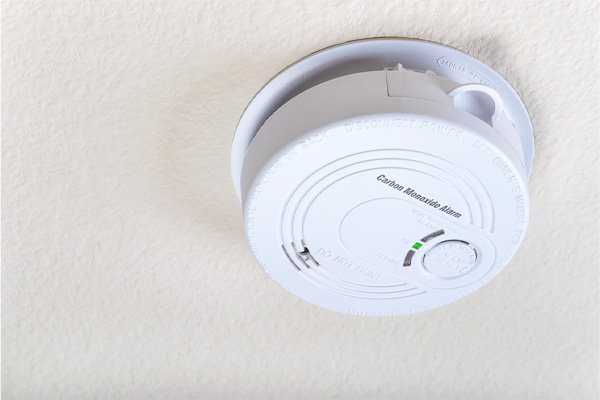Carbon Monoxide Safety Reminders For This Heating Season

The frigid weather means you need to have a warm and safe home. Therefore, a well-maintained and fully-functional heating system is a must-have. Heating systems are generally durable, but it does not mean that they will stay like that forever.
The heating process includes burning fuel to produce heat. During this process, carbon monoxide or CO is also generated. You must be aware and mindful of this fact as CO poses a few risks to your household. It is an odorless, colorless, and tasteless gas that is harmful to both humans and pets. Prolonged exposure can even lead to death. Fortunately, you can do a few things to ensure that your indoor air quality is healthy and that this dangerous gas does not threaten your family. This includes installing a carbon monoxide detector.
What Is CO And When Is It A Threat?
Contents
The CO’s lack of color and odor means our eyes and nose cannot detect it. Therefore, a CO detector is a vital tool if your home has indoor appliances that burn wood, charcoal, propane, natural gas, or heating oil.
It is also a must to have a venting system. This will prevent carbon monoxide poisoning because the toxic gas will be released outdoors instead of being breathed in. All heating systems, such as furnaces and boilers, and other fuel-burning appliances should be vented and installed correctly and be well-maintained. This way, it is unlikely to have CO leakages. If there is any, then a CO detector can help catch this as soon as possible. Keep in mind that early detection means you can quickly take measures to resolve it and ensure the problem doesn’t get worse.
What’s The First Step In Carbon Monoxide Safety?
Install a top-quality CO detector and alarm. This utilizes batteries to work and should be placed near a fuel-burning appliance you have in your home. You must change the batteries with fresh ones at least every three months. It would help if you also had it tested regularly. Do these tasks before winter arrives for optimal performance.
When installing the device, make sure to read the manufacturer’s manual. Understand and follow its instructions precisely. This way, accurate tests, installation, and tune-ups are done at all times.
The Common Causes Of Indoor Carbon Monoxide Build-Up
A problem with your HVAC’s ventilation system can lead to CO buildup. If your heating unit has any wear and tear, it can also result in CO leaks. Maintenance ensures that these things do not happen, so your heating system must receive it at least once a year. It is also recommended that you have it checked and maintained by a professional.
Do this before the temperature drops. This will not only ensure your comfort but also keep your family away from any CO exposure threats. Call a reliable HVAC company to perform the right checks, diagnosis, and repairs. This includes removing any blockages in the vent or flue and ensuring that there aren’t any backdrafts near the heating system.
Other Common Signs Of A CO Build-Up Or Leak
Carbon monoxide buildup can be detected with alerts from your CO alarm. Other than that, it can also be evident with the exhaust your heating system releases. The exhaust’s appearance will depend on the fuel type your heating system uses. For instance, if you have an oil-burning system, there will be soot and smoke. This means CO is present. However, if you see more soot than usual, call your local, trusted technician right away.
Symptoms Of Carbon Monoxide Exposure
Carbon monoxide is toxic to all living things. The period of exposure and the CO saturation will dictate the severity of the symptoms you will have. Mild symptoms will lead to dizziness, nausea, headaches, and fatigue. Moderate CO poisoning will lead to you feeling confused, disoriented, and drowsy. At the same time, severe symptoms include convulsions, heart failure, fainting, and death.
What To Do If You Suspect Carbon Monoxide Exposure
When you or anyone in your family feel any symptoms from CO exposure, the first thing you should do is turn off all fuel-burning appliances immediately. Open all windows and doors as well. This way, fresh air can circulate. After doing these tasks, head outside immediately.
Follow these steps the moment you hear an alarm from your CO detector. Do not think it might be sending false alarms. After all, your safety should always be your priority.
Conclusion
Carbon monoxide poisoning can lead to severe repercussions. Therefore, preventive measures should be put in place to ensure that it does not become an issue that your home experiences. Ensure that you have a well-maintained CO detector at home. It is also recommended to have your heating system maintained every year. Book this ahead of the heating season, so you have a CO-safe home environment at all times.
Call Townsend Energy For All Of Your HVAC Requirements
When searching for superior HVAC services in Northeastern Massachusetts, Southern New Hampshire, and Maine, call Townsend Energy. Our highly skilled and trained professionally certified technicians can repair, maintain, install, and replace any HVAC system. Rest assured all our techs are equipped with the knowledge and training to conduct accurate and timely services in your HVAC system.
Townsend Energy guarantees affordable heating and cooling service costs in the area. We offer maintenance services that can improve not only your overall comfort but also your energy efficiency. We can recommend the most suitable and budget-friendly replacement system for your home as well. All our work comes with a guarantee. Schedule a service appointment with Townsend Energy for a free, in-home estimate.
Contact us now at (800) 722-4101 to find out more!




